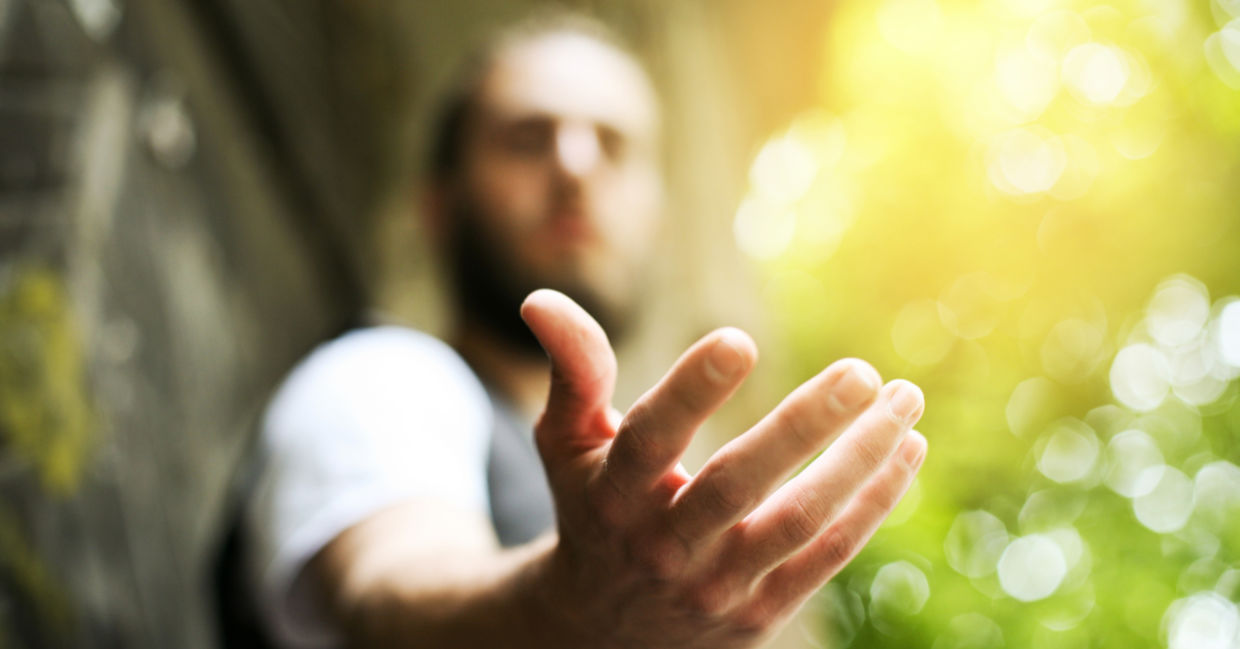
(Liderina / Shutterstock.com)
Just one more good reason to believe in the good in the world; The Bystander Effect may not be all that accurate after all. In the largest study of real-life conflicts - all captured by CCTV - researchers pointed out that nine-out-of-ten bystanders will help victims of aggression and violent acts. Their experiment puts to rest the popular social-psychological claim that individuals won’t help a victim if others are present.
The research team comprised of social scientists saw that there was often one or more bystanders who jumped in to help and that the more bystanders were present, the greater the chances that someone would help.
The researchers from the University of Copenhagen, the Netherlands Institute for the Study of Crime and Law Enforcement and Lancaster University viewed video recordings from 2019 in the inner cities of Amsterdam, Cape Town, and Lancaster. Dr. Richard Philpot of Lancaster University and the University of Copenhagen said that this news reflects on how compassionate our society has become and that we even have the potential to prevent crimes from this inclination to help.
"According to conventional wisdom, non-involvement is the default response of bystanders during public emergencies. Challenging this view, the current cross-national study of video data shows that intervention is the norm in actual aggressive conflicts. The fact that bystanders are much more active than we think is a positive and reassuring story for potential victims of violence and the public as a whole. We need to develop crime prevention efforts which build on the willingness of bystanders to intervene," he said.
Instead of assuming someone else would tend to the victim or ignore the violence altogether, bystanders took things into their own hands and expressed several moments of humanity at its best. Security cameras showed that in 91% of the time, bystanders leaped to action by consoling the victim, physically gesturing for an aggressor to calm down, pulling the aggressors away, or physically blocking an aggressor.
The ‘help rate’ was the same across all three cities, which suggests that “third-party conflict resolution is a human universal, with a plausible evolutionary basis." Despite what we’ve been told about how civilians may not come to our aid if we’re in danger, these researchers discovered clear evidence to the contrary; that in inner-cities, helping victims isn’t the stuff of heroic tales - it’s a normal part of life.
YOU MIGHT ALSO LIKE:
Random Acts of Kindness Transform This Ordinary Man into a Hero [VIDEO]
How an Act of Kindness Made This Police Officer a Neighborhood Hero
52 Big and Small Good Deeds to Help Change the World in 2019







